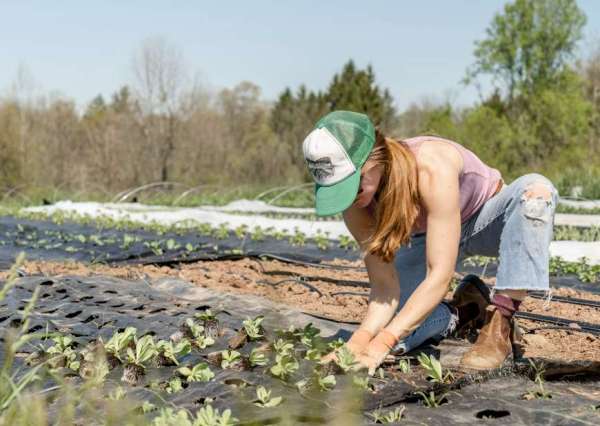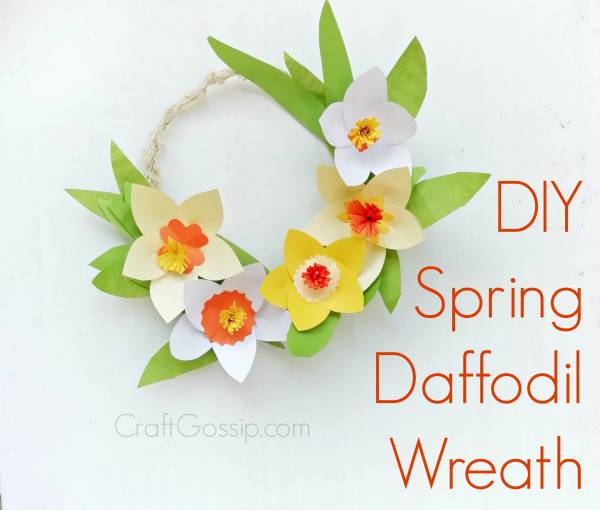
DIY Paper Daffodil Wreath – This springtime wreath is perfect for Spring or Easter decor. This spring project is made with paper flowers and you can use the printable templates below to create each flower for your Wreath.
Supplies
1. Colourful Paper.
2. Paper Glue
3. Scissors.
4. Pencils.
5. Wire.
6. Burlap Fabric.
7. Hot Glue Gun.
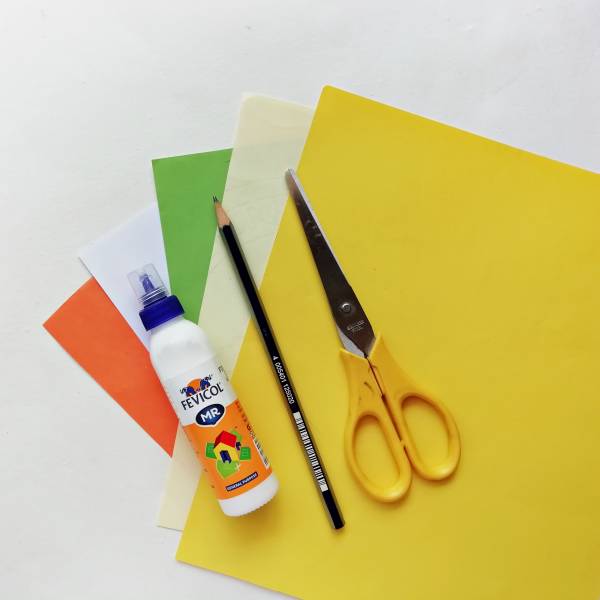
Introduction:
Step 1: Draw a petal shape using the template. Or you can print the templates directly
on the paper.
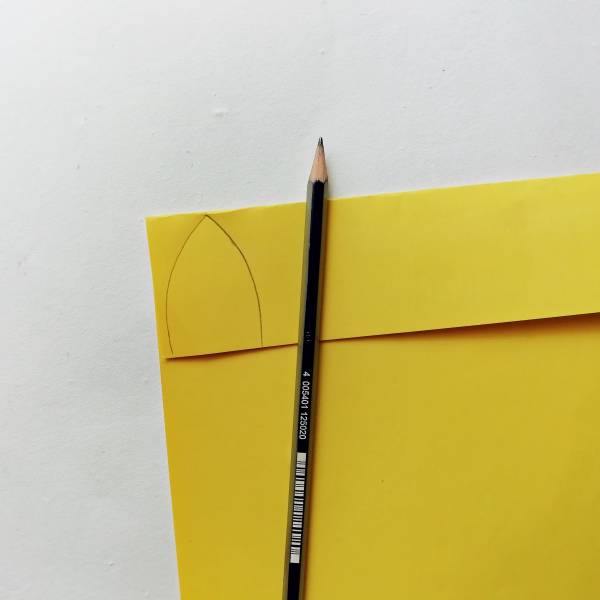
Step 2: Cut out the petals using the templates.
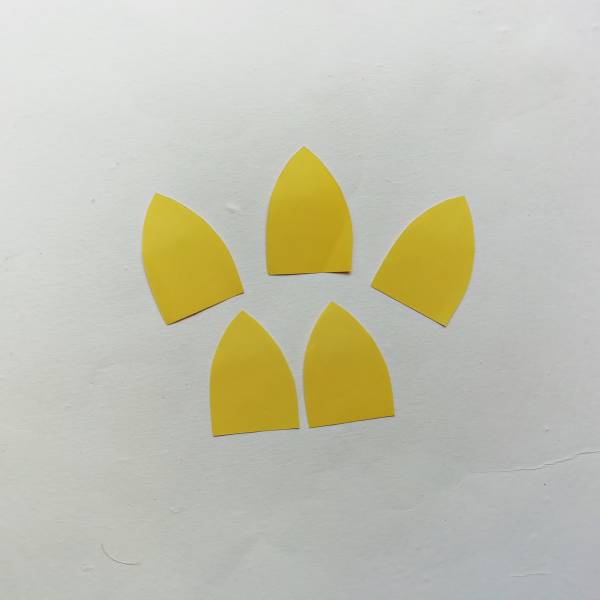
Step 3: Cut the petals halfway through the middle from the bottom side.
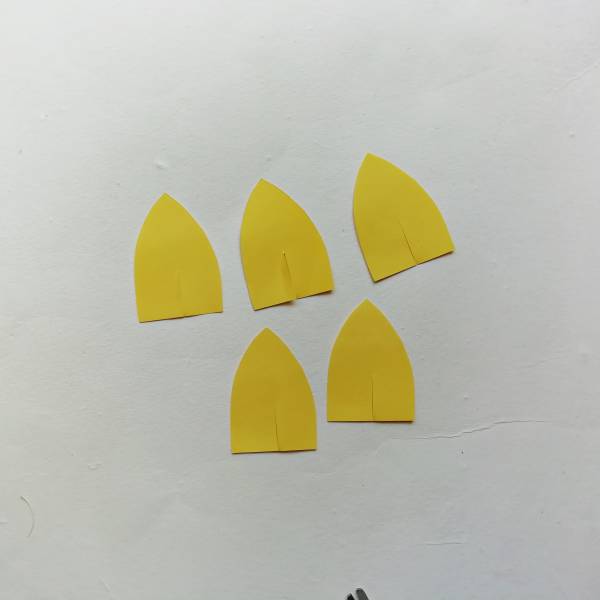
Step 4: Overlap the both slits and glue them together.
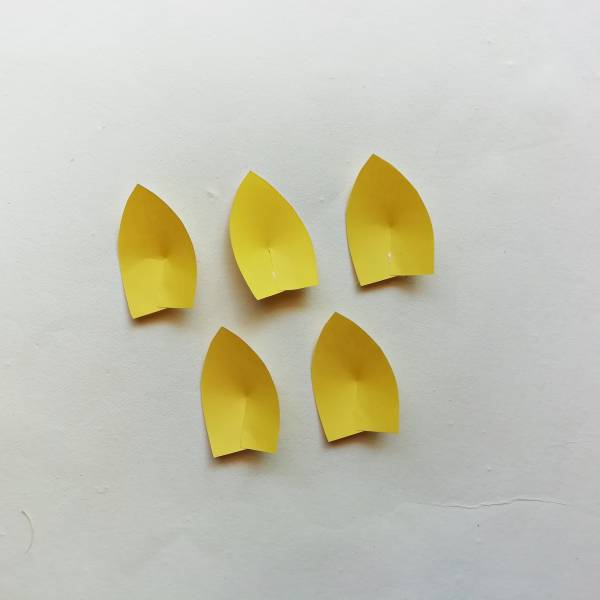
Step 5: Cut out a circular piece of paper from the templates.
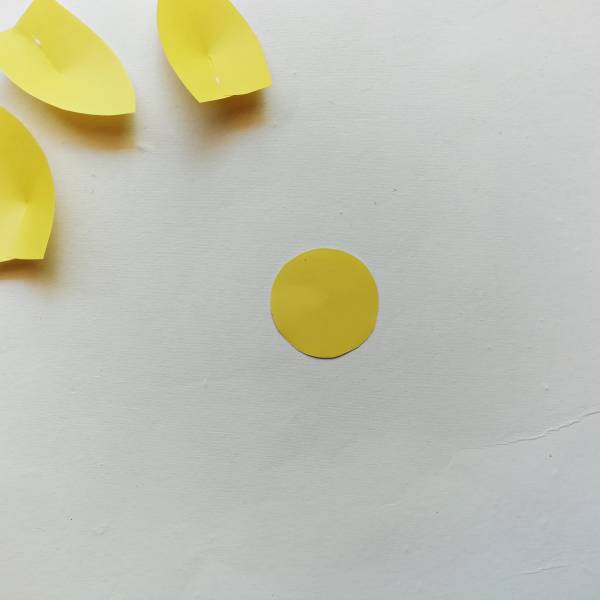
Step 6: Place a petal over the circular paper piece and glue it there.
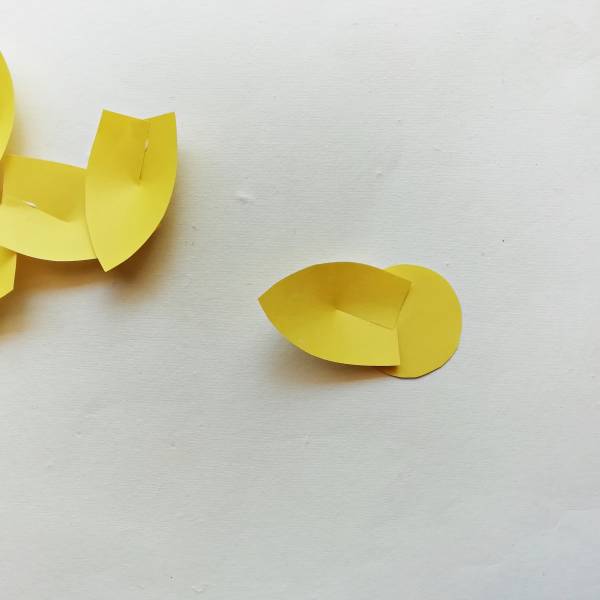
Step 7: Glue rest of the petals over and around the circular piece.
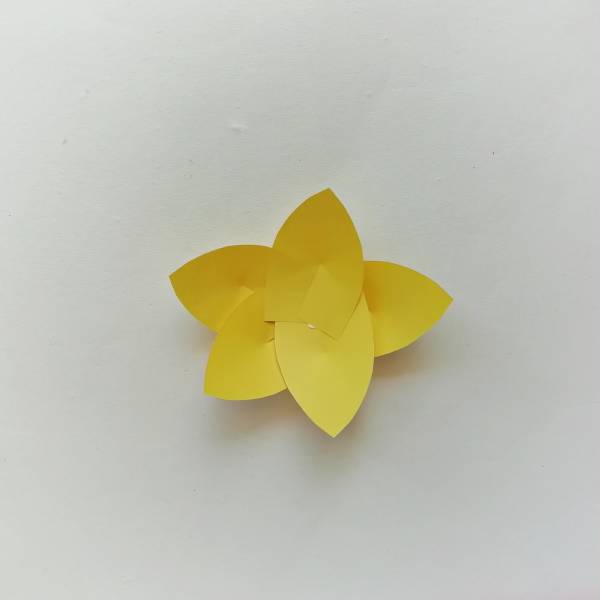
Step 8: Cut out another circle from the template (the one with zigzag edge).
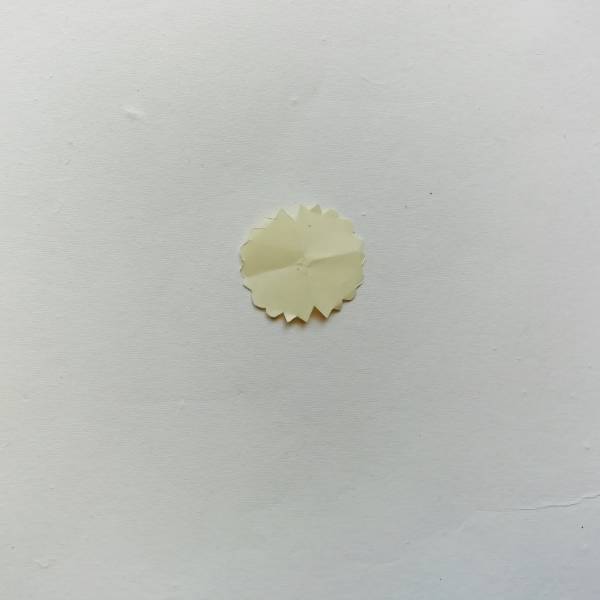
Step 9: And glue the piece on the middle of the flower.
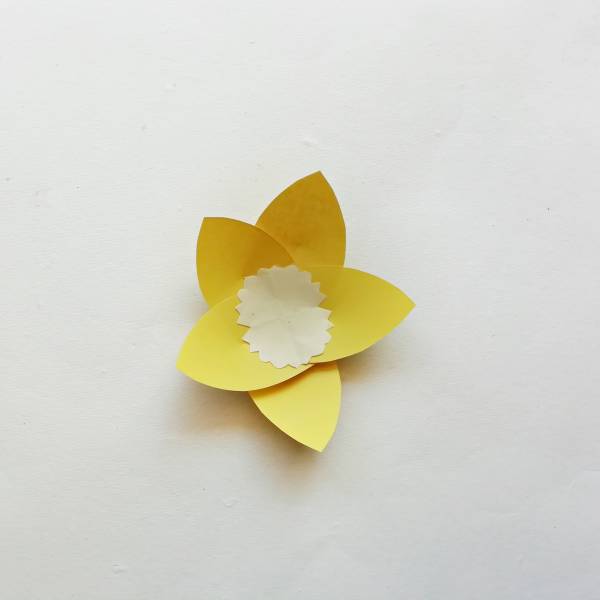
Step 10: Cut out a strip of orange paper.

Step 11: Make some horizontal cuts on the paper from start to end. Don’t cut all the
way through.

Step 12: Then roll the strip and glue it to secure the roll.
Step 13: Then glue the rolled strip on the middle of the flower.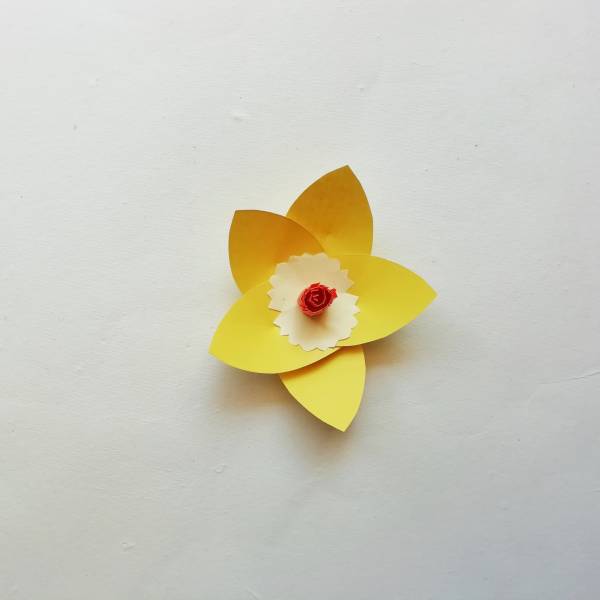
Step 14: Make more flowers similarly. Make at least 5-6 flowers or else the wrath might
look incomplete.
Step 15: Cut out some leaves for the wrath using the template.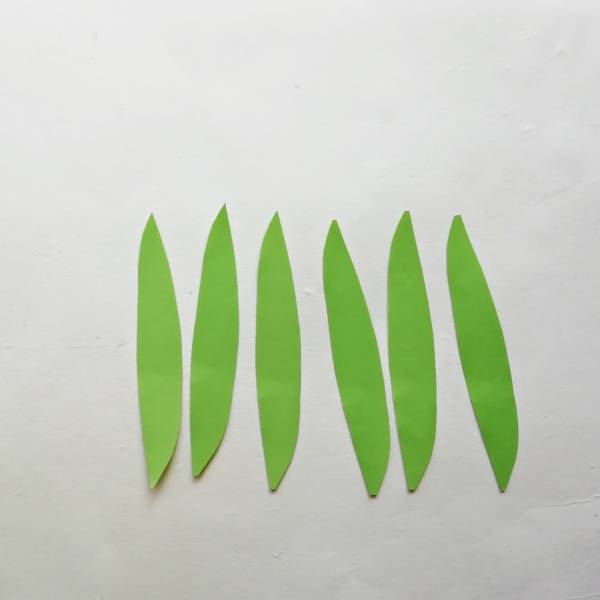
Step 16: Now take a wire about 2 feet long and give it circular shape. Wrap the both
ends together with another thinner wire to secure the round shape.
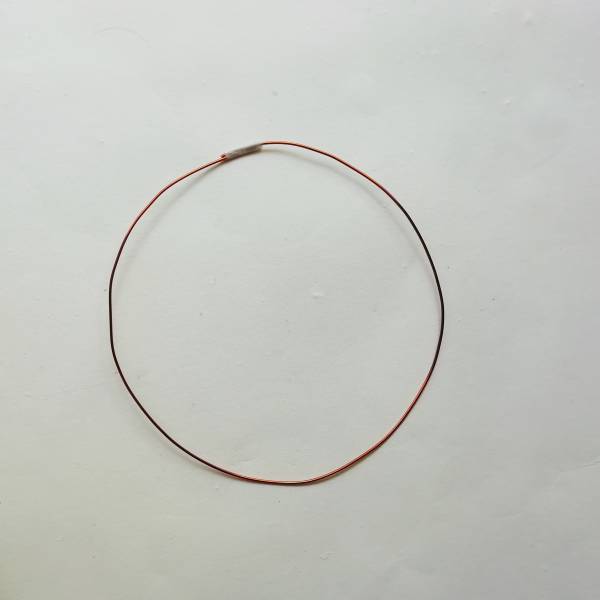
Step 17: Now take strips of burlap fabric.
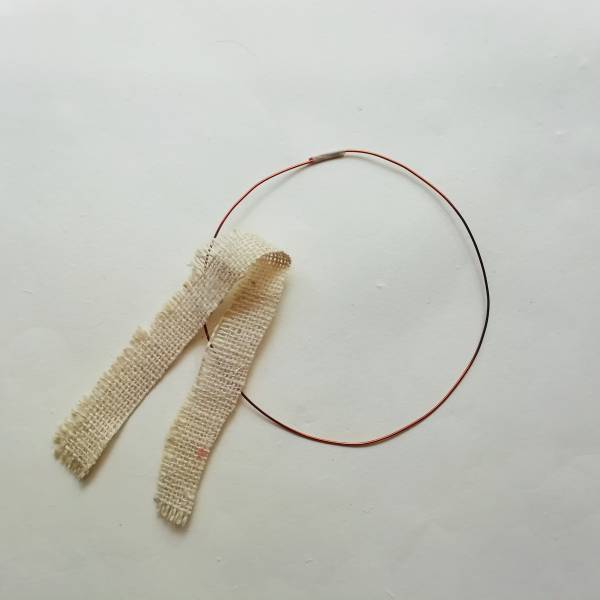
Step 18: Wrap the whole wire around with the burlap fabric and use hot glue to secure
the wrap.
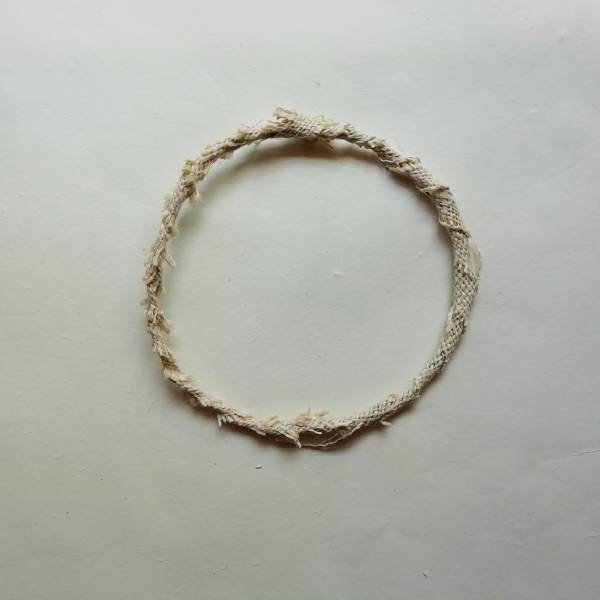
Step 19: Now take the flowers and leaves for the wreath,
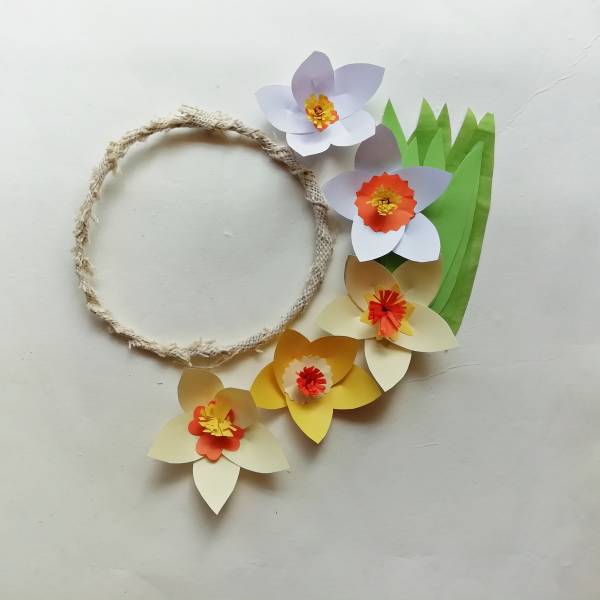
Step 20: Glue all the leaves around the wreath, keep 2-3 inches blank on the top side.

Step 21: Now glue the flowers over the leaves. And the wreath is now complete.
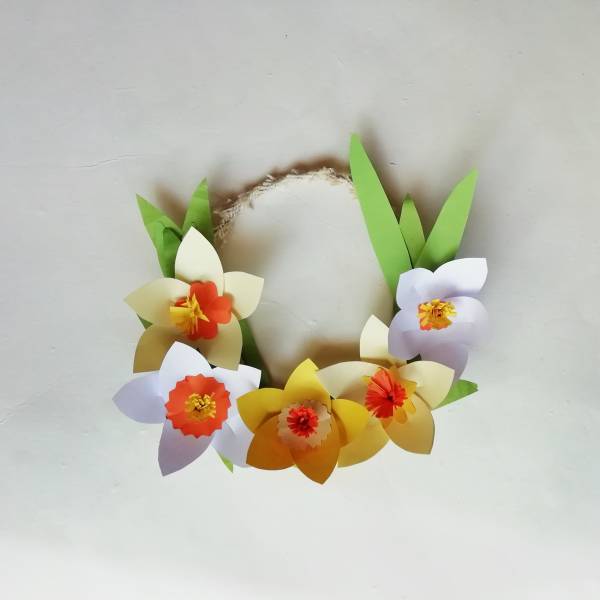
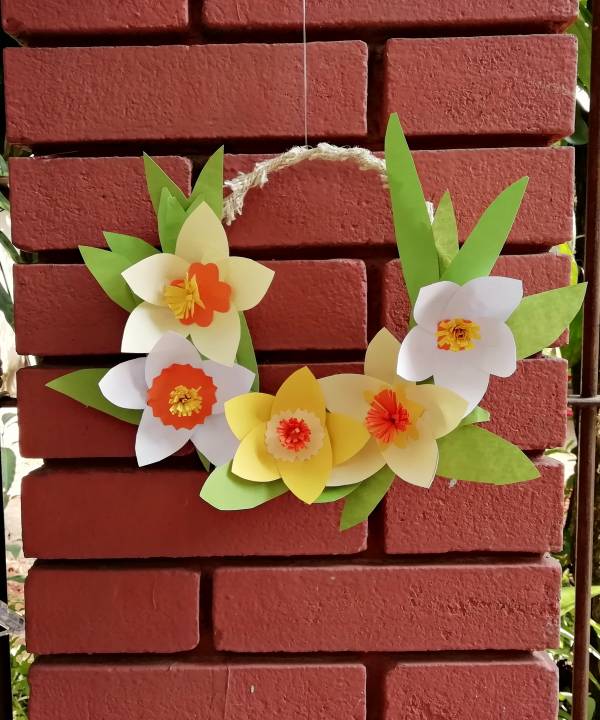

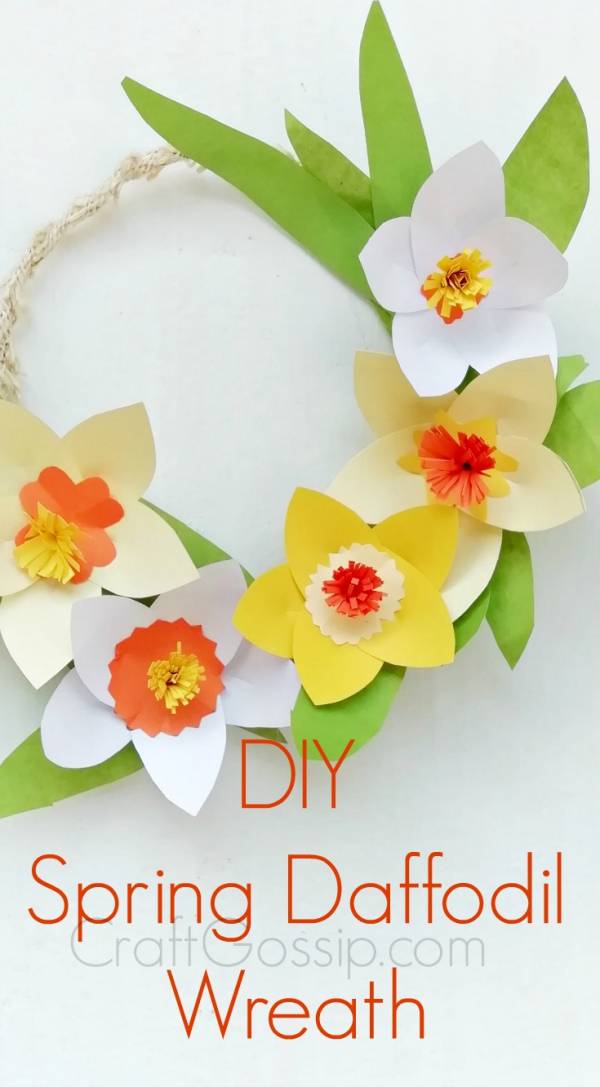
Wanting to be part of our crafting community? Check out our Facebook Groups.
Organize my life and get my sh#t Together
This project is a great toddler craft and also suitable for Seniors to make as a craft lesson or activity.
